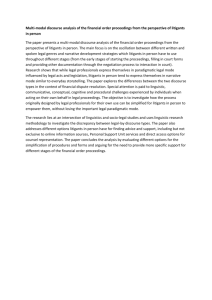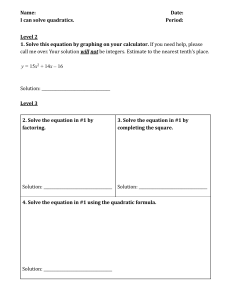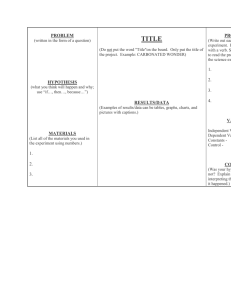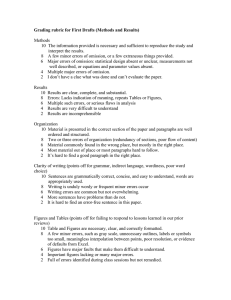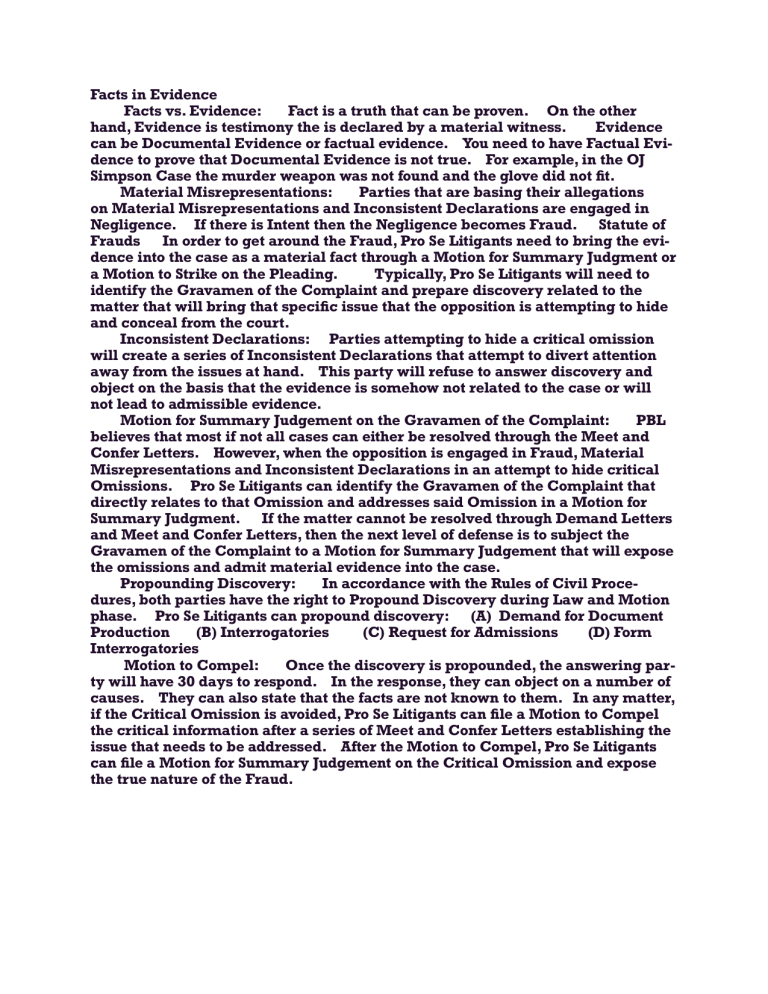
fi fi fi fi Facts in Evidence Facts vs. Evidence: Fact is a truth that can be proven. On the other hand, Evidence is testimony the is declared by a material witness. Evidence can be Documental Evidence or factual evidence. You need to have Factual Evidence to prove that Documental Evidence is not true. For example, in the OJ Simpson Case the murder weapon was not found and the glove did not t. Material Misrepresentations: Parties that are basing their allegations on Material Misrepresentations and Inconsistent Declarations are engaged in Negligence. If there is Intent then the Negligence becomes Fraud. Statute of Frauds In order to get around the Fraud, Pro Se Litigants need to bring the evidence into the case as a material fact through a Motion for Summary Judgment or a Motion to Strike on the Pleading. Typically, Pro Se Litigants will need to identify the Gravamen of the Complaint and prepare discovery related to the matter that will bring that speci c issue that the opposition is attempting to hide and conceal from the court. Inconsistent Declarations: Parties attempting to hide a critical omission will create a series of Inconsistent Declarations that attempt to divert attention away from the issues at hand. This party will refuse to answer discovery and object on the basis that the evidence is somehow not related to the case or will not lead to admissible evidence. Motion for Summary Judgement on the Gravamen of the Complaint: PBL believes that most if not all cases can either be resolved through the Meet and Confer Letters. However, when the opposition is engaged in Fraud, Material Misrepresentations and Inconsistent Declarations in an attempt to hide critical Omissions. Pro Se Litigants can identify the Gravamen of the Complaint that directly relates to that Omission and addresses said Omission in a Motion for Summary Judgment. If the matter cannot be resolved through Demand Letters and Meet and Confer Letters, then the next level of defense is to subject the Gravamen of the Complaint to a Motion for Summary Judgement that will expose the omissions and admit material evidence into the case. Propounding Discovery: In accordance with the Rules of Civil Procedures, both parties have the right to Propound Discovery during Law and Motion phase. Pro Se Litigants can propound discovery: (A) Demand for Document Production (B) Interrogatories (C) Request for Admissions (D) Form Interrogatories Motion to Compel: Once the discovery is propounded, the answering party will have 30 days to respond. In the response, they can object on a number of causes. They can also state that the facts are not known to them. In any matter, if the Critical Omission is avoided, Pro Se Litigants can le a Motion to Compel the critical information after a series of Meet and Confer Letters establishing the issue that needs to be addressed. After the Motion to Compel, Pro Se Litigants can le a Motion for Summary Judgement on the Critical Omission and expose the true nature of the Fraud.

